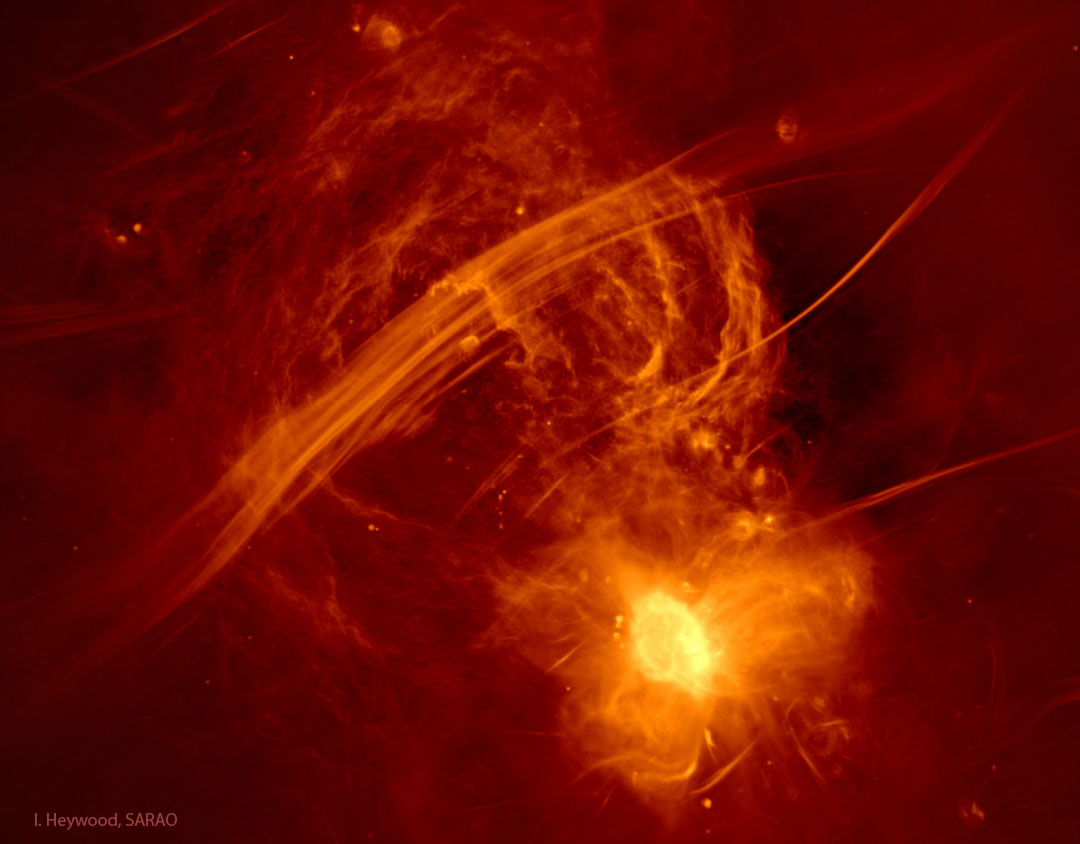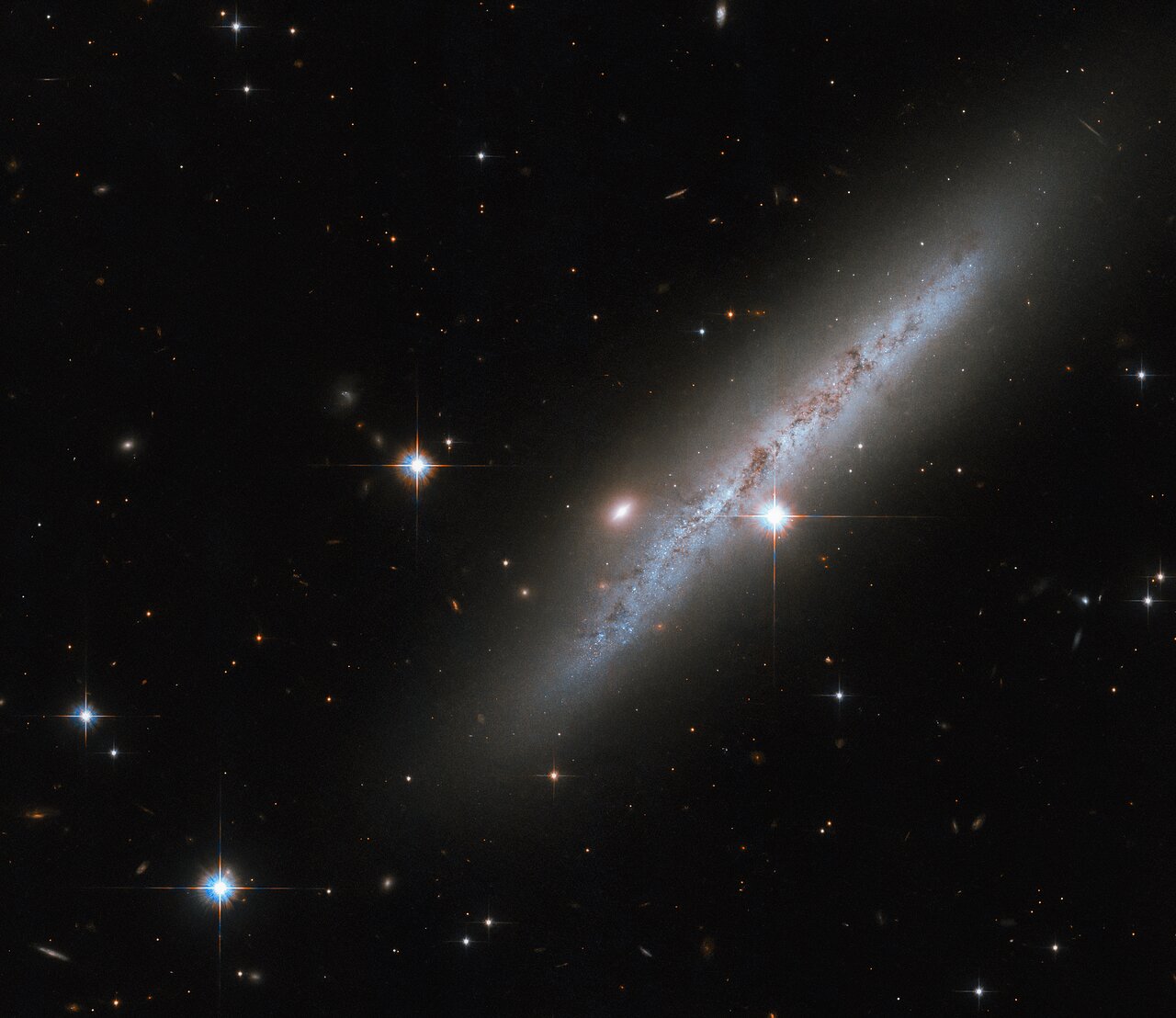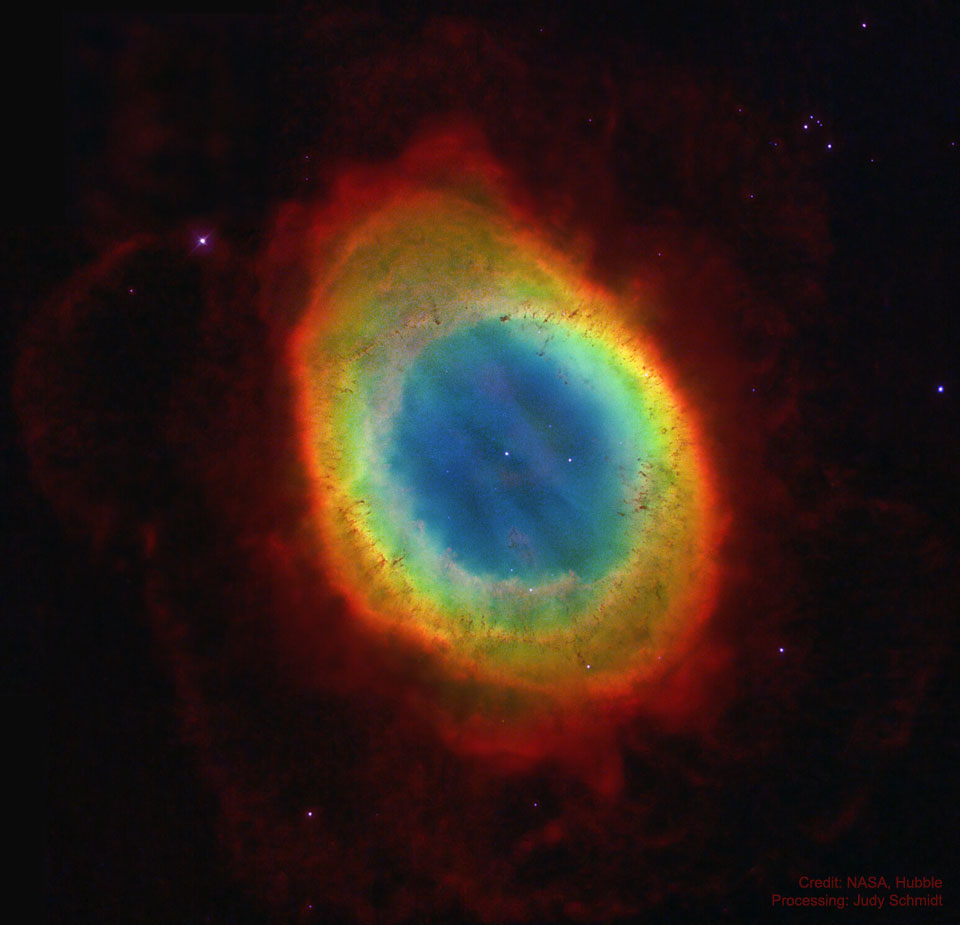Blog
Harold Allan Clarke (born 5 April 1942) is an English rock singer, who was one of the founding members and the original lead singer of the Hollies. He achieved international hit singles with the group and is credited as co-writer on several of their best-known songs, including “On a Carousel“, “Carrie Anne“, “Jennifer Eccles” and “Long Cool Woman in a Black Dress“. He retired from performing in 1999, but returned to the music industry in 2019. Clarke was inducted into the Rock and Roll Hall of Fame in 2010.
Harold Allan Clarke and his childhood friend Graham Nash began singing together in Manchester while still at school. They formed the Hollies in December 1962 with Vic Steele (lead guitar) and Eric Haydock (bass guitar). In April 1963, they added Tony Hicks (replacing Steele on lead guitar) and Bobby Elliott (replacing Don Rathbone on drums).
more...Stanley William Turrentine (April 5, 1934 – September 12, 2000) was an American jazz tenor saxophonistand record producer. He began his career playing R&B for Earl Bostic and later soul jazz recording for the Blue Note label from 1960, touched on jazz fusion during a stint on CTI in the 1970s. He was described by critic Steve Huey as “renowned for his distinctively thick, rippling tone [and] earthy grounding in the blues.”In the 1960s Turrentine was married to organist Shirley Scott, with whom he frequently recorded, and he was the younger brother of trumpeter Tommy Turrentine, with whom he also recorded. Turrentine was born in Pittsburgh‘s Hill District, United States, into a musical family. His father, Thomas Turrentine Sr., was a saxophonist with Al Cooper‘s Savoy Sultans, his mother played stride piano, and his older brother Tommy Turrentine was a trumpet player.
more...Billy Bland (April 5, 1932 – March 22, 2017) was an American R&B singer and songwriter.
Bland, the youngest of 19 children, first sang professionally in 1947 in New York City, and sang with a group called The Bees in the 1950s on New Orleans‘s Imperial Records. In 1954, “Toy Bell” by the group caused some unrest by veering into the dirty blues genre. Dave Bartholomew brought them to New Orleans, where they recorded a song he had written and recorded twice before: firstly in 1952 for King Records as “My Ding-a-Ling,” and later that year for Imperial as “Little Girl Sing Ting-A-Ling.” Bland later pursued a solo career.
more...Samuel Edward “Tony” Williams (April 5, 1928 – August 14, 1992) was an American singer. From 1953 to 1960,[2] he was the lead vocalist of the Platters.
Williams was born in Elizabeth, New Jersey, the son of Bertha and Edward Williams. He served in the United States Army Air Forces around the end of World War II, rising to the rank of sergeant, and after leaving military service moved to Los Angeles, where he joined his older sister Bertha, who was developing a successful singing career under the name Linda Hayes. He worked in menial jobs such as parking lotattendant while competing in evening talent shows.
more...The long parallel rays slanting across the top of the featured radio image are known collectively as the Galactic Center Radio Arcand point out from the Galactic plane. The Radio Arc is connected to the Galactic Center by strange curving filaments known as the Arches. The bright radio structure at the bottom right surrounds a black hole at theGalactic Center and is known as Sagittarius A*. One origin hypothesis holds that the Radio Arc and the Arches have their geometry because they contain hot plasma flowing along lines of a constant magnetic field. Imagesfrom NASA’s Chandra X-ray Observatory appear to show this plasma colliding with a nearby cloud of cold gas.

Elmer Bernstein (/ˈbɜːrnstiːn/ BURN-steen; April 4, 1922 – August 18, 2004) was an American composer and conductor. In a career that spanned over five decades, he composed “some of the most recognizable and memorable themes in Hollywood history”, including over 150 original film scores, as well as scores for nearly 80 television productions. For his work he received an Academy Award for Thoroughly Modern Millie(1967) and Primetime Emmy Award. He also received seven Golden Globe Awards, five Grammy Awards, and two Tony Award nominations.
He composed and arranged scores for over 100 film scores, including Sudden Fear (1952), The Man with the Golden Arm (1955), The Ten Commandments (1956), Sweet Smell of Success (1957), The Magnificent Seven (1960), To Kill a Mockingbird (1962), The World of Henry Orient (1964), The Great Escape (1963), Hud (1963), Thoroughly Modern Millie (1967), True Grit (1969), My Left Foot (1989), The Grifters (1990), Cape Fear (1991), Twilight (1998), and Far from Heaven (2002). He is known for his work on the comedic films, Animal House (1978), Meatballs (1979), Airplane! (1980), The Blues Brothers (1980), Stripes (1981), Trading Places (1983), Ghostbusters (1984), Spies Like Us (1985), and Three Amigos (1986).
Bernstein was born to a Jewish family in New York City, the son of Selma (née Feinstein, 1901–1991), from Ukraine, and Edward Bernstein (1896-1968), from Austria-Hungary.
more...Alfredo “Chocolate” Armenteros (4 April 1928 – 6 January 2016) was a Cuban trumpeter. He played with artists such as Arsenio Rodríguez, Generoso Jiménez, Chico O’Farrill, Orchestra Harlow, Eddie Palmieri, Cachao and Sonora Matancera. Due to his characteristic approach to Afro-Cuban trumpet playing as well as his extensive recording career, several monographs have been written on his music.
Armenteros was born on April 4, 1928, in Santa Clara, Las Villas Province, Cuba. He first began playing in a band led by the sonero/composer René Álvarez called Conjunto Los Astros and soon after with Arsenio Rodríguez. The nickname “Chocolate” was bestowed on him owing to a case of mistaken identity, when someone took him for Kid Chocolate, the champion boxer. After the Cuban Revolution, Armenteros moved to New York, where he lived until his death.
more...Hugh Ramapolo Masekela (4 April 1939 – 23 January 2018) was a South African trumpeter, flugelhornist, cornetist, singer and composer who was described as “the father of South African jazz“. Masekela was known for his jazz compositions and for writing well-known anti-apartheid songs such as “Soweto Blues” and “Bring Him Back Home“. He also had a number-one US pop hit in 1968 with his version of “Grazing in the Grass“.
Hugh Ramapolo Masekela was born in the township of KwaGuqa in Witbank (now called Emalahleni), South Africa, to Thomas Selena Masekela, who was a health inspector and sculptor and his wife, Pauline Bowers Masekela, a social worker. His younger sister Barbara Masekela is a poet, educator and ANC activist. As a child, he began singing and playing piano and was largely raised by his grandmother, who ran an illegal bar for miners. At the age of 14, after seeing the 1950 film Young Man with a Horn (in which Kirk Douglas plays a character modelled on American jazz cornetist Bix Beiderbecke), Masekela took up playing the trumpet. His first trumpet was bought for him from a local music store by Archbishop Trevor Huddleston, the anti-apartheid chaplain at St. Peter’s Secondary School now known as St. Martin’s School (Rosettenville).
more...McKinley Morganfield (April 4, 1913 – April 30, 1983), known professionally as Muddy Waters, was an American blues singer and musician who was an important figure in the post-war blues scene, and is often cited as the “father of modern Chicago blues“.[3] His style of playing has been described as “raining down Delta beatitude”.
Muddy Waters grew up on Stovall Plantation near Clarksdale, Mississippi, and by age 17 was playing the guitar and the harmonica, emulating the local blues artists Son House and Robert Johnson. He was recorded in Mississippi by Alan Lomax for the Library of Congress in 1941. In 1943, he moved to Chicago to become a full-time professional musician. In 1946, he recorded his first records for Columbia Records and then for Aristocrat Records, a newly formed label run by the brothers Leonard and Phil Chess.
In the early 1950s, Muddy Waters and his band—Little Walter Jacobs on harmonica, Jimmy Rogers on guitar, Elga Edmonds (also known as Elgin Evans) on drums and Otis Spann on piano—recorded several blues classics, some with the bassist and songwriter Willie Dixon. These songs included “Hoochie Coochie Man,” “I Just Want to Make Love to You” and “I’m Ready“. In 1958, he traveled to England, laying the foundations of the resurgence of interest in the blues there. His performance at the Newport Jazz Festival in 1960 was recorded and released as his first live album, At Newport 1960.
Muddy Waters’ music has influenced various American music genres, including rock & roll and subsequently rock.
Muddy Waters’ place and date of birth are not conclusively known. He stated that he was born in 1915 in Rolling Fork in Sharkey County, Mississippi, but other evidence suggests that he was born in the unincorporated community of Jug’s Corner, in neighboring Issaquena County, in 1913.
more...The somewhat amorphous spiral galaxy UGC 2890 appears side-on in this image from the NASA/ESA Hubble Space Telescope, with bright foreground stars studding the image. This galaxy lies around 30 million light-years away in the constellation Camelopardalis. In 2009 astronomers spotted a catastrophically powerful supernova explosion in UGC 2890. While the supernova itself has long since faded from view, Hubble recently took a break from its regular observing schedule to inspect the aftermath of this explosive event. A Type II supernova is a spectacularly energetic explosion that marks the violent death of a massive star. As it runs out of the elements necessary to fuel nuclear fusion, the core of a massive star flickers out and stops producing energy. With nothing to support the crushing force of gravity, the core of the star shrinks and then suddenly implodes, leaving the star’s outer layers to collapse inwards and rebound out into space as a supernova explosion. This observation is one of many Hubble investigations of Type II supernovae. Astronomers turned to Hubble’s Advanced Camera for Surveys to explore the surroundings of Type II supernovae in the hope of discovering the ages and masses of stars in the neighbourhood. This will reveal insights into the types of stars that eventually create Type II supernovae, as well as revealing any stellar survivors of colossal supernova explosions. [Image description: A spiral galaxy is seen edge-on and tilted at an angle. The body of the galaxy is blue and obscured by threads of dark red dust, and it is surrounded by a pale glow. Three stars with prominent cross-shaped diffraction spikes are very bright in the foreground. The background is dark and sparsely-covered in small stars.]

more...
Rocco Scott LaFaro (April 3, 1936 – July 6, 1961) was an American jazz double bassist known for his work with the Bill Evans Trio. LaFaro broke new ground on the instrument, developing a countermelodic style of accompaniment rather than playing traditional walking basslines, as well as virtuosity that was practically unmatched by any of his contemporaries. Despite his short career, he remains one of the most influential jazz bassists, and was ranked number 16 on Bass Player magazine’s top 100 bass players of all time.
Born in Newark, New Jersey, United States, the son of a big band musician, LaFaro was five when his family moved to Geneva, New York. He started playing piano in elementary school, bass clarinet in middle school, and tenor saxophone when he entered high school. He took up double bass at 18 before entering college because learning a string instrument was required of music education majors. After three months at Ithaca College, he concentrated on bass. He played in groups at the College Spa and Joe’s Restaurant on State Street in downtown Ithaca.
LaFaro died in an automobile accident on July 6, 1961, in Seneca, New York, on U.S. Route 20 between Geneva and Canandaigua, four days after accompanying Stan Getz at the Newport Jazz Festival. According to Paul Motian, the death of LaFaro left Bill Evans “numb with grief”, “in a state of shock”, and “like a ghost”. Obsessively he played “I Loves You Porgy“, a song that had become synonymous with him and LaFaro. Evans stopped performing for several months.
more...
James Harrell McGriff (April 3, 1936 – May 24, 2008) was an American hard bop and soul-jazz organistand organ trio bandleader.
Born in Germantown, Pennsylvania, United States, McGriff started playing piano at the age of five and by his teens had also learned to play vibes, alto sax, drums and upright bass. He played bass in his first group, a piano trio. When he joined the United States Army, McGriff served as a military policeman during the Korean War. He later became a police officer in Philadelphia for two years.
Music kept drawing McGriff’s attention away from the police force. His childhood friend, organist Jimmy Smith, had begun earning a substantial reputation in jazz for his Blue Note albums (the two played together once in 1967) and McGriff became entranced by the organ sound while Richard “Groove” Holmes played at his sister’s wedding. Holmes went on to become McGriff’s teacher and friend and they recorded together on two occasions in 1973 for two Groove Merchant records.
more...James Wesley “Bubber” Miley (April 3, 1903 – May 20, 1932) was an American early jazz trumpet and cornet player, specializing in the use of the plunger mute.
Miley was born in Aiken, South Carolina, United States, into a musical family. At the age of six, he and his family moved to New York City where, as a child, he occasionally sang for money on the streets, and later, at the age of 14, studied to play the trombone and cornet.
In 1920, after having served in the Navy for 18 months, he joined a jazz formation named the Carolina Five, and remained a member for the next three years, playing small clubs and boat rides all around New York City. After leaving the band at the age of 19, Miley briefly toured the Southern States with a show titled The Sunny South, and then joined Mamie Smith‘s Jazz Hounds, replacing trumpeter Johnny Dunn.They regularly performed in clubs around New York City and Chicago. While touring in Chicago, he heard King Oliver‘s Creole Jazz Band playing and was captivated by Oliver’s use of mutes. Soon Miley found his own voice by combining the straight and plunger mute with a growling sound.
Miley’s alcoholism terminally affected his life. On May 20, 1932, at the age of 29, he died of tuberculosis, on Welfare Island, now Roosevelt Island, in New York City. Miley lived just a little longer than his contemporary, jazz cornetist Bix Beiderbecke, whose life was also cut short due to alcohol abuse.
more... It was noticed hundreds of years ago by stargazers who could not understand its unusual shape. It looked like a ring on the sky. Except for the rings of Saturn, the Ring Nebula (M57) may be the most famous celestial circle. We now know what it is, and that its iconic shape is due to our lucky perspective. The recent mapping of the expanding nebula’s 3-D structure, based in part on this clear Hubble image,indicates that the nebula is a relatively dense, donut-like ring wrapped around the middle of an (American) football-shaped cloud of glowing gas. Our view from planet Earth looks down the long axis of the football, face-on to the ring. Of course, in this well-studied example of a planetary nebula, the glowing material does not come from planets. Instead, the gaseous shroud represents outer layers expelled from the dying, once sun-like star, now a tiny pinprick of light seen at the nebula’s center. Intense ultraviolet light from the hot central star ionizes atoms in the gas. The Ring Nebula is about one light-year across and 2,500 light-years away.
More Posts
- Daily Roots with Yabby You & The Prophets
- The Cosmos with IC 405
- Douglas Ewart Day
- Charles Brown Day
- Chu Berry Day
- World Music with Moussa Poussy
- Daily Roots with Jackie Mittoo
- “Second Chance” zAmya Theater
- The Cosmos with I Zwicky 18a
- Maria Muldaur Day
- Papa John DeFrancesco Day
- Cat Anderson Day
- World Music with Paracumbé
- Daily Roots with Lacksley Castell & Augustus Pablo
- The Cosmos with NGC 4102
- Victor Wooten
- Baby Face Willette Day
- Oliver Jones Day
- World Music with Alim Qasımov & Fərgana Qasımova Ansamble
- Daily Roots with Big Sherman